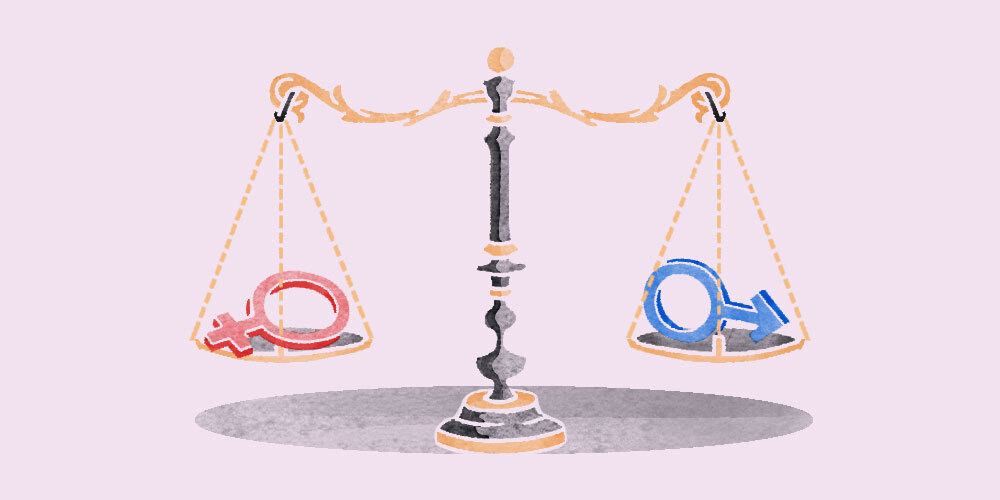Gender-based AI skills gap an emerging concern

As use of artificial intelligence grows, new data suggests men are using it more at work than women.
More than half of men are using AI in either or both their personal and professional lives, compared to just a third of women, according to a new survey from FlexJobs including over 5,000 respondents.
Many are using tools like ChatGPT for job searches and help writing resumes or cover letters, and men are more likely than women to have already done so or considered doing so, the survey found. Fears around AI taking their jobs also weigh more heavily for men, with 38% reporting they feel that way compared to 27% of women.
Uneven AI use across genders could be happening for a number of reasons, but narrowing the gap is necessary in order to make the tools work most effectively, experts say. It’s also crucial for ensuring improvements to gender equity in the workplace in the future.
Why is this a thing?
Gaps in STEM education opportunities are a key factor driving this.
“Although there is more focus on it now, the women who are currently in the workforce may be less comfortable with using AI because they weren’t encouraged to embrace that space when they were younger,” said Maria Doughty, president and CEO of the Chicago Network, a women’s leadership organization.
Women have also more broadly expressed skepticism with AI overall, particularly when it comes to the technology’s ability to be consistent in making fair decisions in complex situations.
Problems it could lead to
Biases are a major concern with current AI outputs that could worsen if the gap widens.
The skills gap is currently leading more men to leverage the tech to form companies than women, giving way for even more biased models from the people building these tools, said Nancy Wang, general manager for Amazon Web Services data protection and security and founder of Advancing Women in Tech.
“Especially with AI being counted on for creating actionable insights, what you’re going to get is of course, more male-slanted insights, or even training data that may have unconscious bias,” Wang said.
Language models hold the power to become major decision makers in the future, and “we need to make sure that the data being sent into those models is equitable and fair,” she said.
The AI skills gap could also harm career advancement opportunities for women and limit their ability to gain wider representation in leadership roles.
“Understanding AI and its implications in business and society will be critical for anyone who seeks C-Suite leadership roles,” Doughty said.
What can be done?
Those currently using AI are early adopters and the gap will likely narrow over time, experts say.
“Women tend to catch up,” Charlene Li, chief research officer at PA Consulting, said.
But employers need to recognize the importance of providing equal opportunities for workers to learn how to use the tools as they become more common in the workplace.
“If you’re able to harness the power of these technologies, you could be doing your job much better, and we owe it to every one of our employees to give them that leg up,” Li said.
Different groups with shared concerns and hesitancy using new tools may need different training or approaches and companies should consider that.
“They may need to be exposed to it in different ways,” she said.


